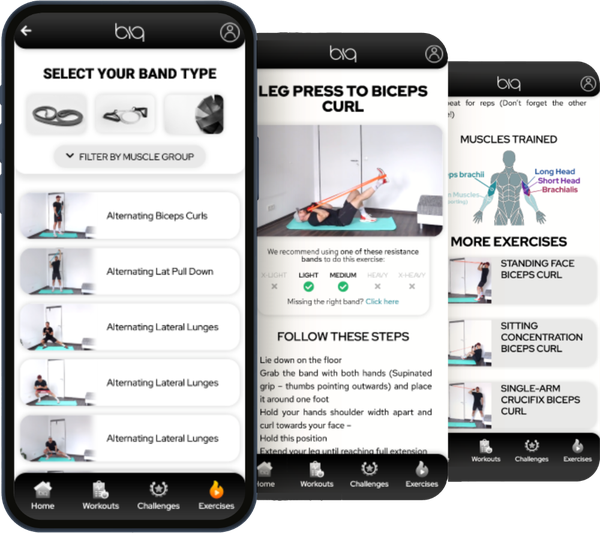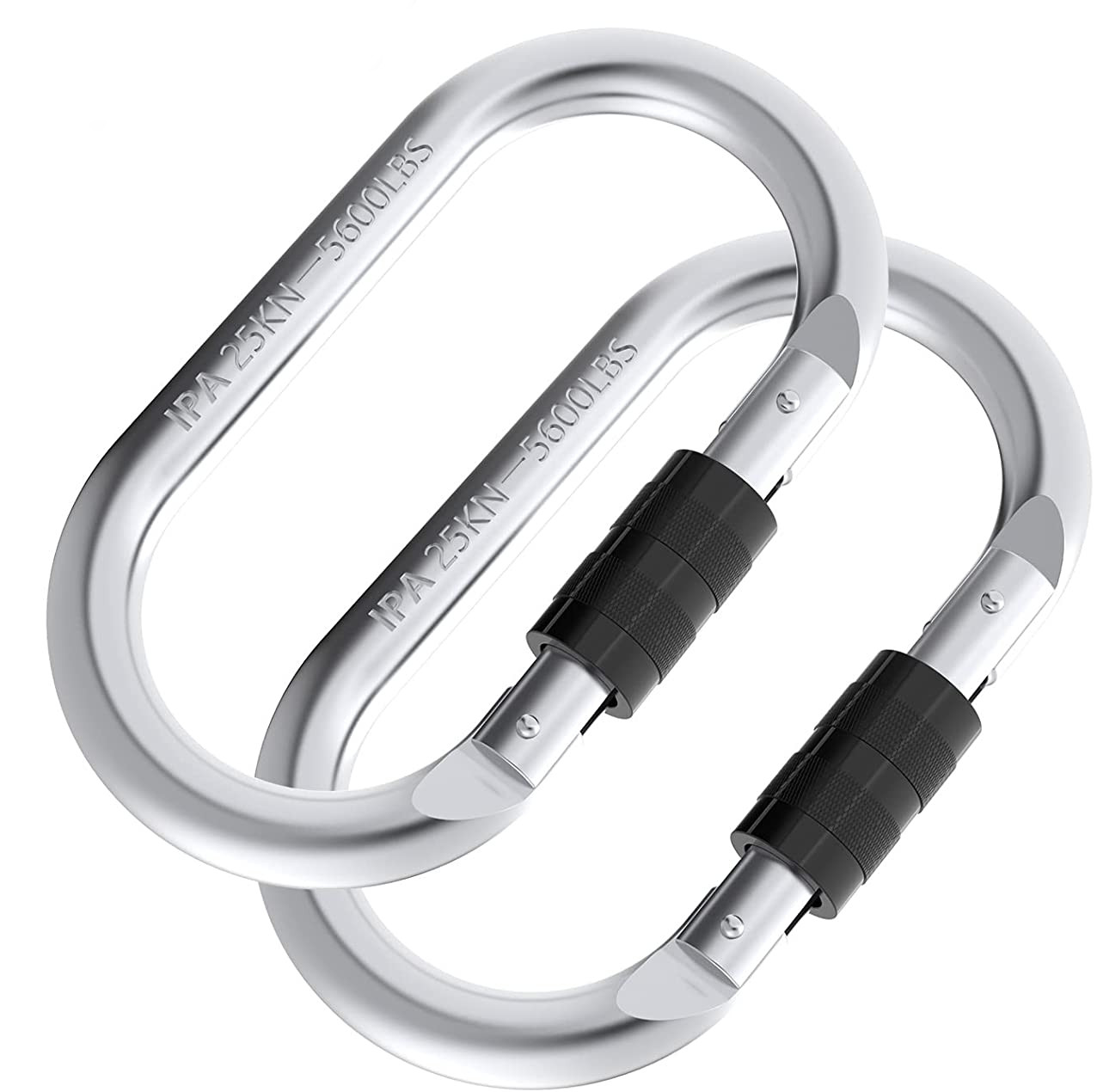The most important additional piece of equipment in resistance band training is hands down the door anchor. By having one handy, you double the choice of exercises you can do with bands. Since resistance bands always have to be stretched for generating resistance, you need an anchor point. There are a lot of exercises where you use your body to anchor the band, like standing on the band and doing bicep curls or having the band behind the back and extending the arms forward for a chest press.
Another approach is attaching the band to something stable and stationary. This way you have more freedom to position your body for certain exercises in comparison to variations where you use your body as an anchor point. The most flexible way to anchor the band is to use a door anchor. Like the name suggests, they are designed to use a door to secure the anchor and attach the band to the anchor. But you can also use them if you work outside to make sure that the band is not damaged by rough surfaces.
Although using a door anchor is quite intuitive, we often see some minor mistakes beginners do, which can lead to some unnecessary incidents. In this article, we show you how to correctly attach the door anchor to a door, what different types of door anchors exist and how to securely attach the resistance band to the anchor. Let’s get started.
Parts of Door Anchors
Each door anchor has two parts to it. The loop and the stopper. The stopper is there to stop the anchor from going anywhere – this part will be on the other side of the door. The loop is used to connect a resistance band to the door anchor (we have a look at how this is done in the last section).

How To Properly Position The Door Anchor
Before we look at the different types of door anchors which exist, let’s first have a look at how to actually use this piece of equipment correctly. It is safer to use the worst door anchor on this planet correctly than the best one without anchoring it properly.
Since you can only be on one side of a door, we will look at where you should position the door anchor when you have to push the door to open it and compare it to when you have to pull it to open.
Push the door to open
Resistance band can generate a lot of elastic force. This is great since we can use them to do our workouts and are not dependent on weights, machines and gyms. However, you have to make sure that if you anchor the band, that the object you anchor it to can actually take that force without moving.
The best way to be safe is to work out on the side of the door where you pull the door to close it. This will give you the whole door frame to position the door anchor, and you don’t have to think about the door opening when the band is stretched. In addition, with this setup your door will be under less stress, and you will prevent any risk of damaging the door.
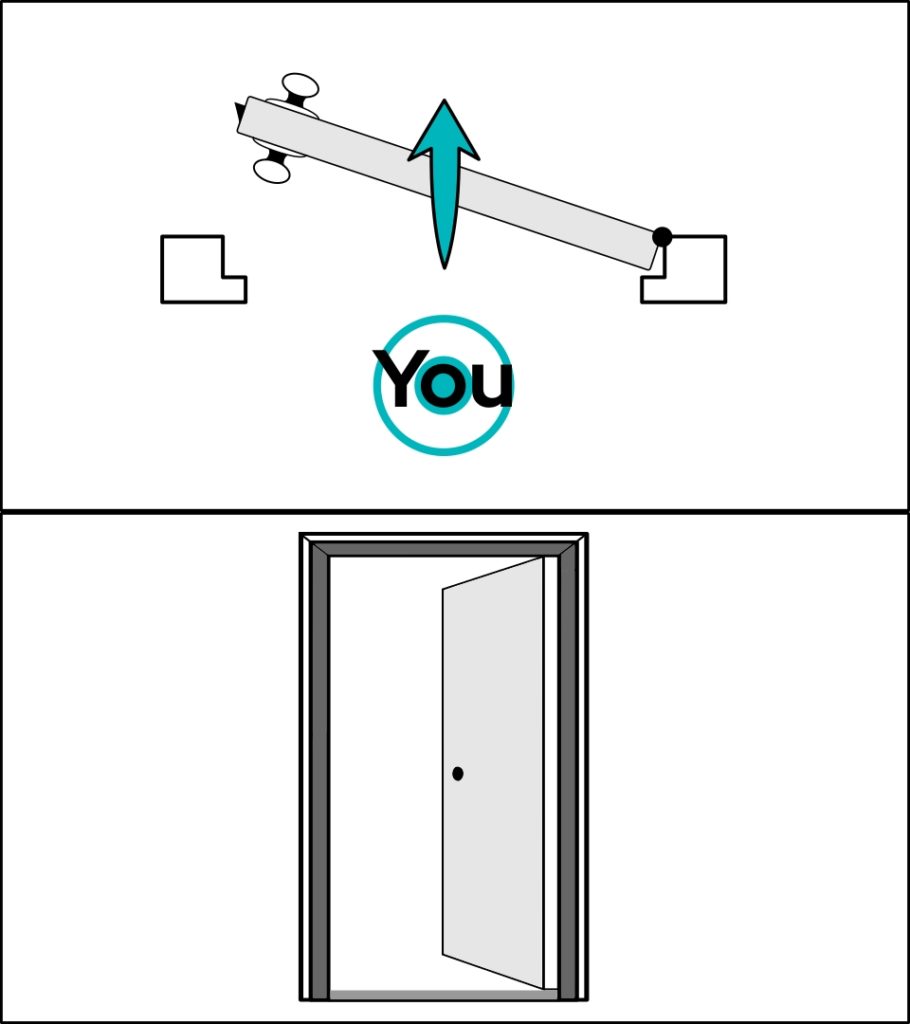
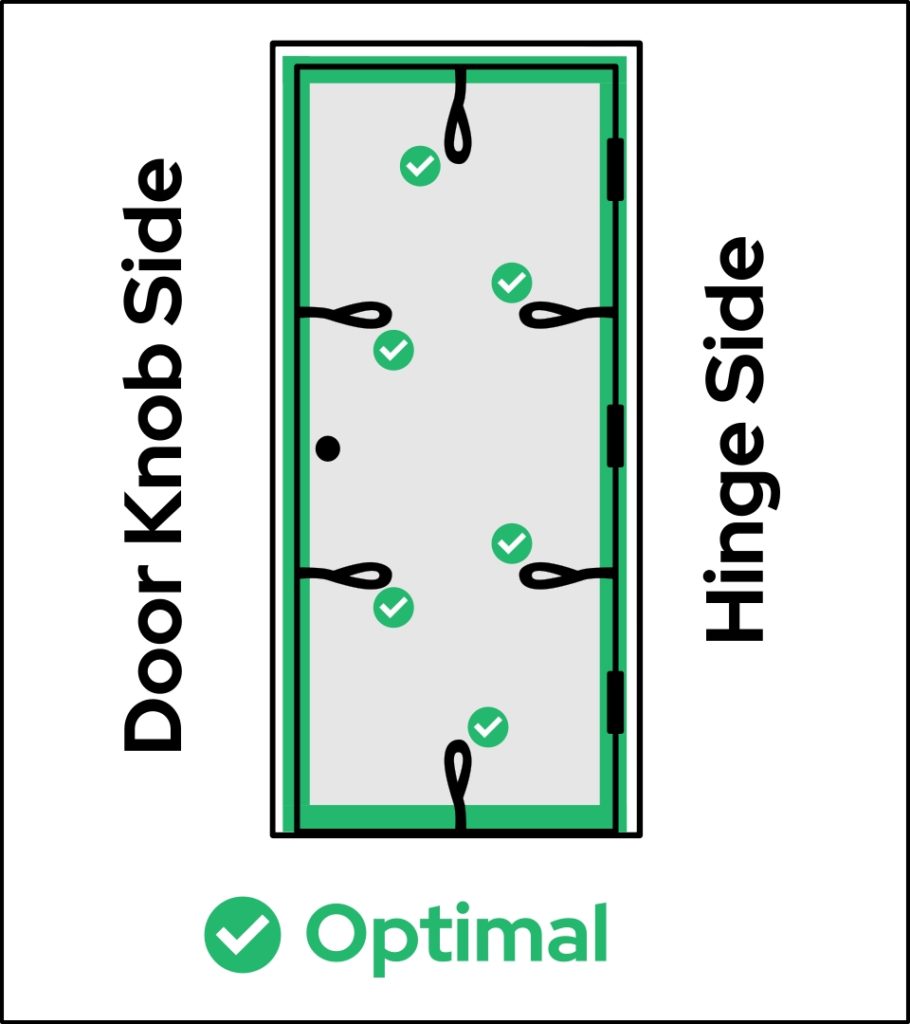
Pull the door to open
Of course, we get that the previous setup is simply not always possible. So if you find yourself on the other side of the door, where you close it by pushing, you should really pay extra attention where you place the door anchor. The safest way is to use the hinge side of the door. By placing the door anchor on this side of the door, it is impossible to pull the door open when you stretch the resistance band. You should really avoid using the corners of the door knob side of the door, since here you have the highest risk for the door anchor to slip or the door to open. And this can lead to a funny looking fall in the best case and some serious injuries in the worst.
To make it safer, you should also consider locking the door when working out on this side.
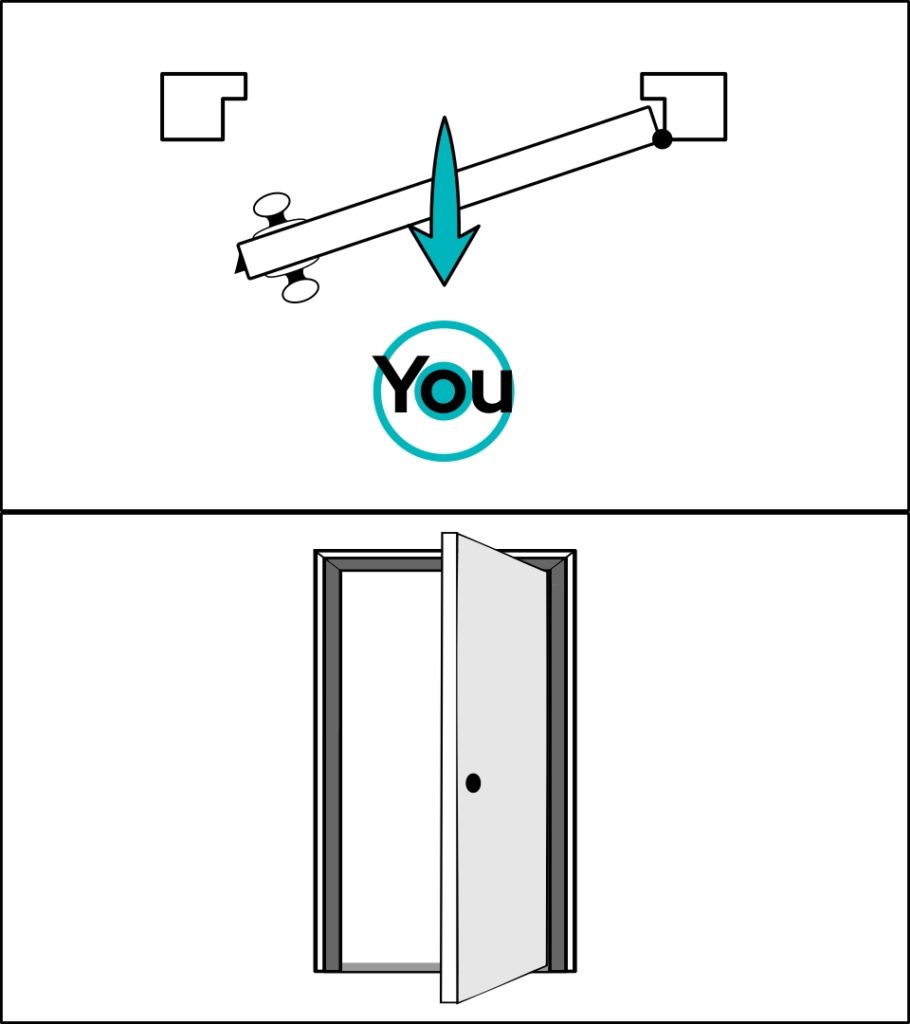

The BIQ App
Take training with resistance bands to the next level with our free app.
- 800+ Exercises
- all band types
- different training goals & workouts
- challenges
- much more
What Types of Door Anchors Exist?
Door anchors are pretty much quite identical when it comes to function, although they can look slightly different. So if you have any door anchor, you will be able to use it in 95% of all cases. We have 4 different options which we deemed worthy. Check them out:
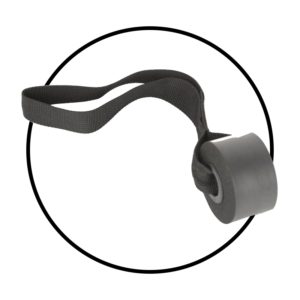
Foam Door Anchor
That's the most widespread version of a door anchor. You have a simple loop on one side and the stopper is made out of foamed material to protect your door and being lightweight at the same time.
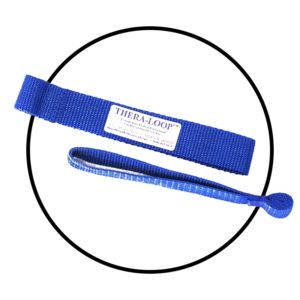
Travel Door Anchor
This is probably the smallest door anchor out there. The stopper is simply made out of the strap itself without any additional parts. I really like to take this one with me on my travels, since it is very compact.

Big Gap Door Anchor
Sometimes heavier equipment is needed. This is where this door anchor comes into the picture. The stopper is quite big and therefore can be combined with bigger door gaps. In addition, if you move very heavy loads, a bigger and more robust door anchor is a good idea to provide more safety.
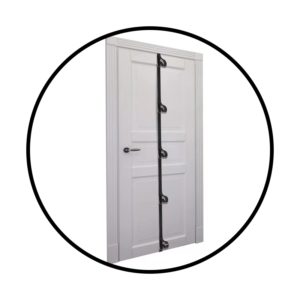
Door Anchor Strap
The strap option is great if you have a stationary place where you work out. By using the door strap, you won't have to adjust the door anchor whenever you want to change the anchor point. Since you have 5 anchoring loops on the strap, you can change the height of the anchor point real fast.
Do Not Use DIY Door Anchors
Using any improvised DIY door anchors is a really bad idea. You will only save a couple of bucks, but drastically increase your risk of injury when your MacGyver experiment fails you. In addition, you might eve damage the door and in the end pay even more than you saved in the first place. So do yourself a favor and get a proper door anchor. They are practically indestructible, and it will be probably the first and last you will be getting.
How To Connect A Band To A Door Anchor?
Attaching a resistance band to a door anchor is quite simple, and this is how it goes:
When using loop resistance bands, you first get the band through the loop of the door anchor. This way you have now a little loop in the band. Next, take the other end of the band, thread it through this little loop and pull until you have a complete loop knot.
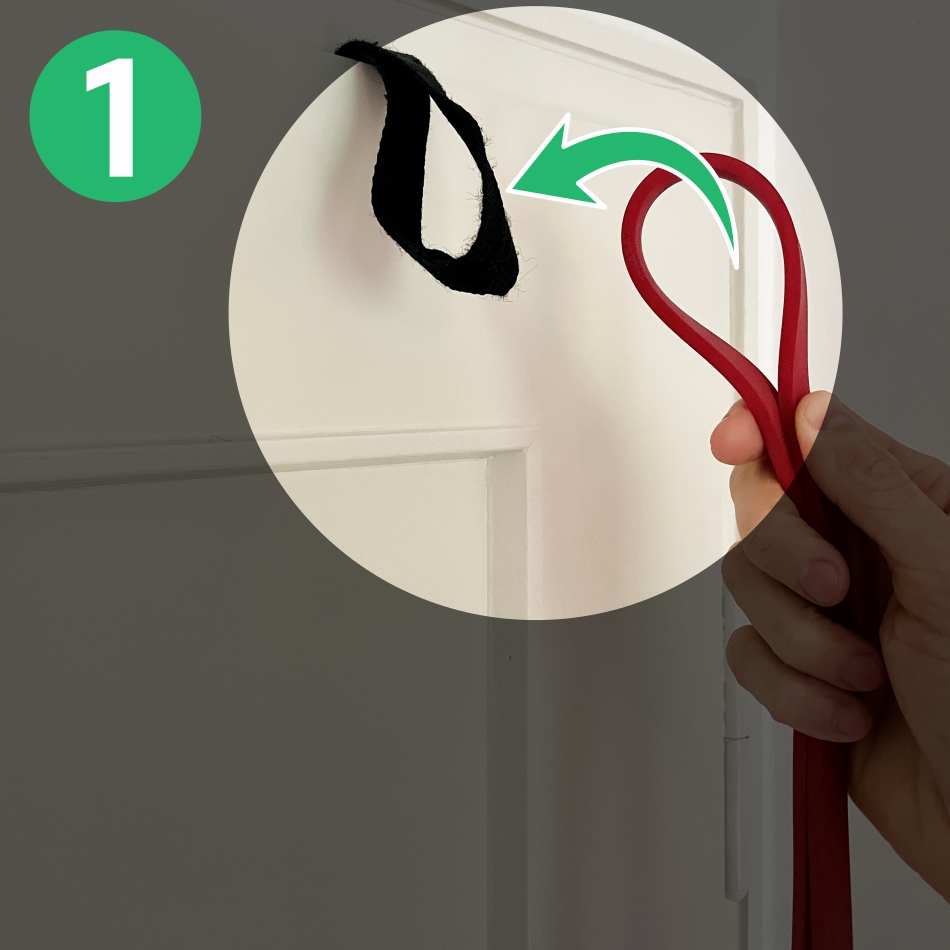


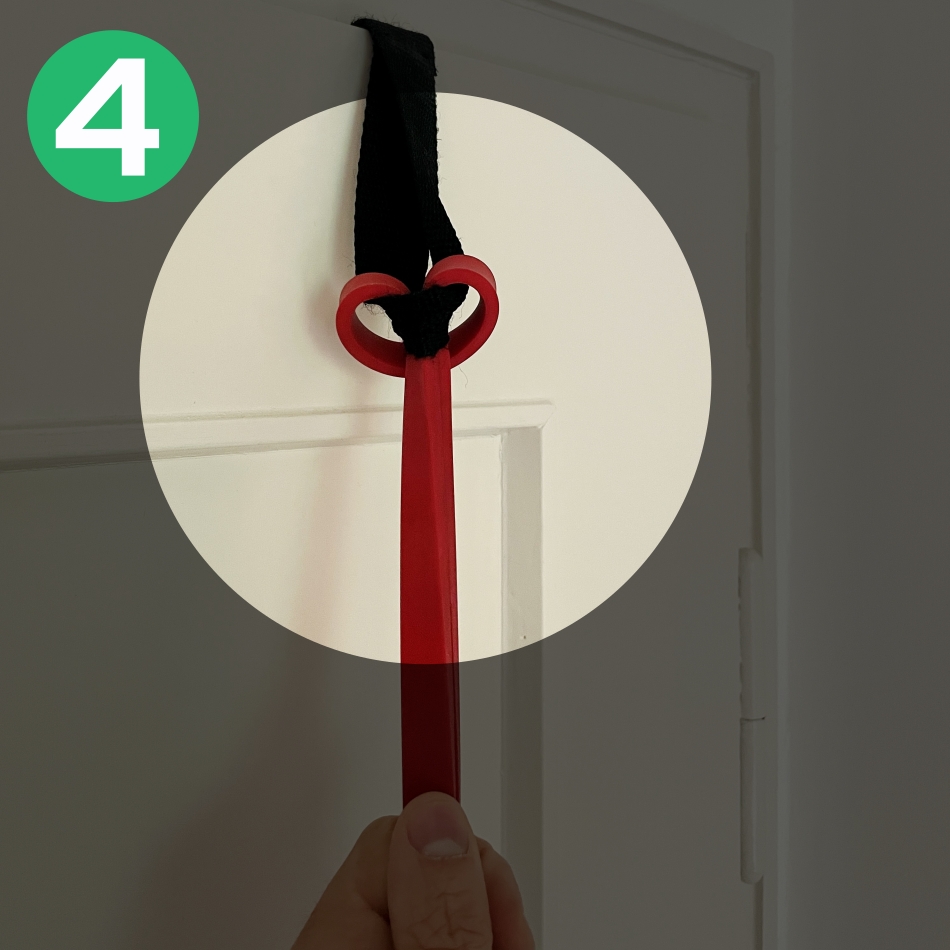
Pro Tip: Use a Carabiner
This is one of those little gadgets you really appreciate after giving them a try and think to yourself: “Why didn’t I start earlier?!”
By getting a simple carabiner, you will be able to switch bands in an instant without undoing the loop and looping in another band. Get one here.
Conclusion
As you see, a proper door anchor is not only an essential piece of equipment for training with resistance bands, it’s also not really complicated to use correctly, and it is really affordable.
With a proper Set of Resistance Bands and a door anchor, you are all set to have great workouts and make progress. To not waste time and have effective training sessions from the beginning, we highly recommend having a workout routine which is tailored to your needs and goals. Our training app will provide you with exactly that and much more.
Give it a look and feel: BIQ Training App

